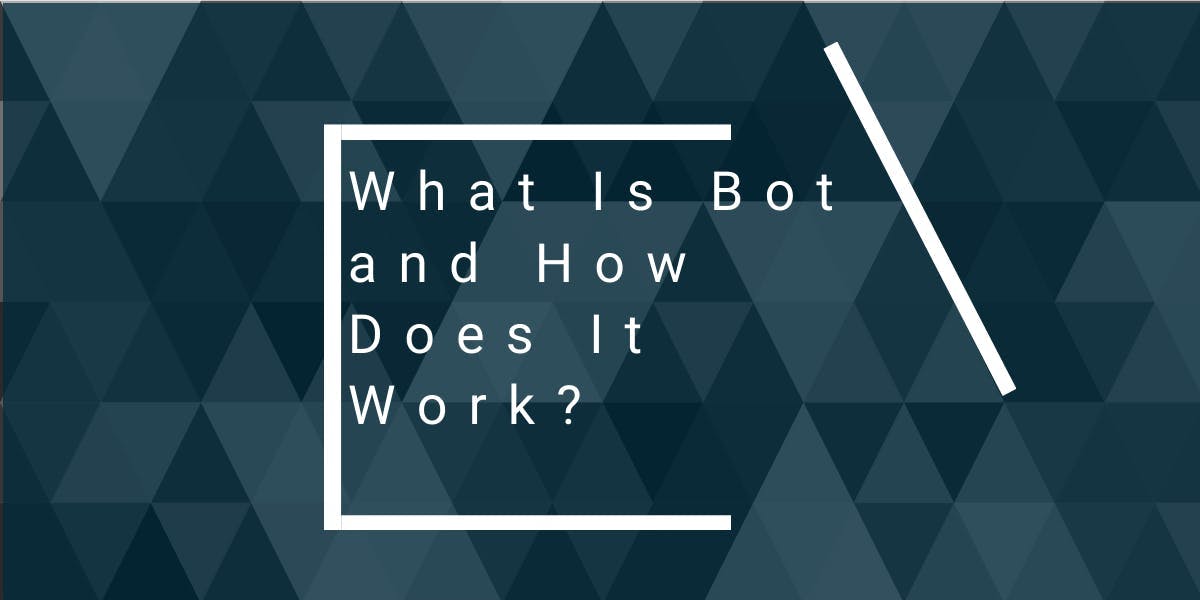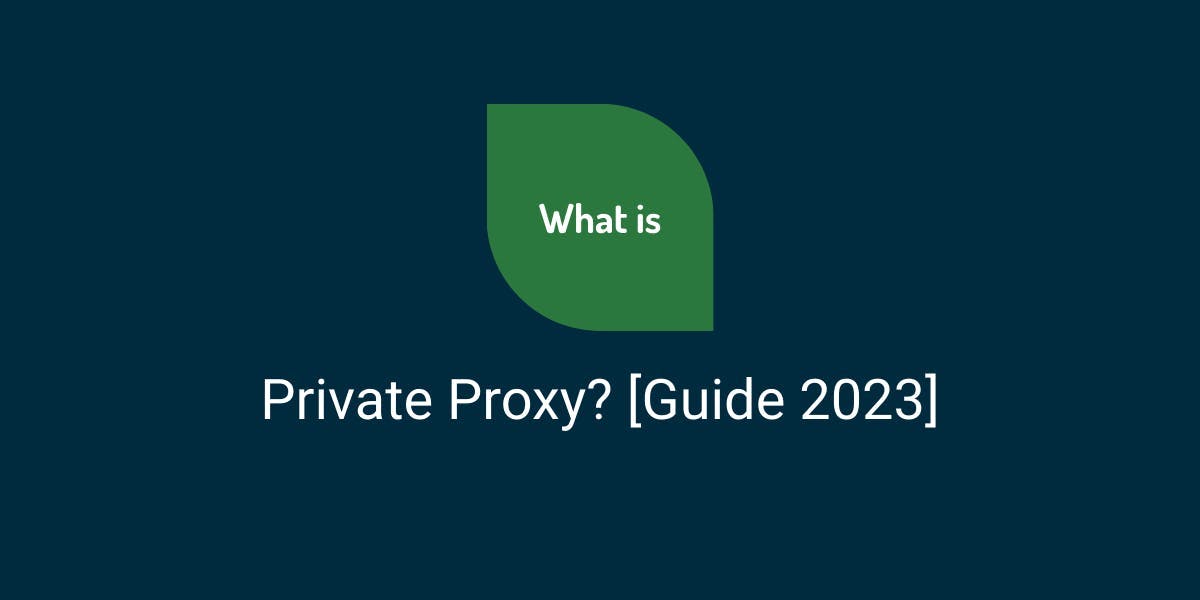What Is Bot and How Does It Work?
Flipnode on Apr 12 2023

A bot refers to a software program primarily designed to automate specific tasks, eliminating the need for human intervention. Bots are favored for their efficiency in performing automated tasks at a faster rate than humans. This article delves into the workings of bots, their different types, and the distinction between beneficial and harmful bots.
How do bots work?
Bots are software programs that utilize sets of algorithms to accomplish their assigned tasks. These tasks can range from conversing with humans to gathering information from websites, and there are various types of bots that are designed to perform these different tasks.
For example, chatbots can operate using different methods, such as rule-based bots that provide pre-defined options for users to choose from or sophisticated bots that use machine learning to identify specific keywords. These bots may also use tools like pattern recognition or natural language processing (NLP).
Unlike humans, bots do not navigate web browsers or use a mouse to click on content. Instead, they typically utilize HTTP requests and headless browsers to access the internet and perform their tasks.
Types of bots
On the internet, there exists a wide range of bots that perform various tasks, both legitimate and malicious. Understanding the different types of bots is crucial in comprehending the overall ecosystem of bots.
Web crawlers
Web crawlers, commonly referred to as spider bots or web spiders, scour the internet for content. Their primary purpose is to assist search engines in crawling, cataloging, and indexing web pages, ensuring that their services are delivered effectively. Crawlers retrieve HTML, CSS, JavaScript, and images and analyze the content of the site. To inform bots which pages they can crawl, website owners may include a robot.txt file in the root of a server.
Monitoring bots
Web scraping bots are akin to crawlers in that they browse through websites, but their purpose is to extract particular data points from publicly available information. For example, real estate data can be scraped using these bots. The data obtained can be utilized for various purposes, such as research, ad verification, brand protection, and so on.
Chatbots
As stated earlier, these bots are capable of mimicking human conversations and can reply to users with pre-programmed phrases. One of the well-known chatbots is Eliza, which was developed in 1963 before the advent of the web. Eliza impersonated a psychotherapist and primarily transformed users' statements into questions based on particular keywords. Presently, most chatbots utilize both predetermined scripts and machine learning techniques.
Spam bots
Spam bots are bots with malicious intent that extract email addresses to send unwanted spam emails. Their primary objective is to engage in nefarious activities such as cracking credentials and phishing attacks.
Download bots
Download bots automate the process of downloading software applications, with the aim of boosting statistics and increasing popularity in app stores.
DoS or DDoS bots
DoS or DDoS bots are designed to take down websites. An overwhelming amount of bots attack and overload a server stopping the service from operating or weakening its security layers.
What is malicious bot activity?
Determining the intent behind bot activity is crucial in identifying whether they are harmful or benign. For example, some bots perform tasks with neutral intentions, such as colorizing black and white photos on Reddit. In contrast, malware bots aim to take full control of a computer. Malicious bot activity is often associated with:
- Spamming
- DoS (Denial of Service) or DDoS (Distributed Denial of Service) attacks
- credential stuffing
- Click fraud
Research indicates that in 2019, malicious bot activity accounted for a record-high of 24.1% of all online traffic, while 37.2% of total traffic was non-human.
How do websites detect bots?
Websites utilize various methods and techniques to detect and block bot traffic. These measures, ranging from simple CAPTCHAs to more complex solutions, help to reduce the exposure to bots.
Bot traffic on a website can be indicated by certain parameters on web analytics, such as a slowdown in loading times, odd traffic patterns outside of common peak hours, suspicious IPs or activity from unusual geo-locations, or multiple requests from a single IP address.
To prevent spam bots, websites may place CAPTCHAs on sign-up or download forms. A robot.txt file in the root of the website servers can also be added to set entry rules for bots on which pages can be crawled and how frequently.
Browser fingerprinting can help indicate the presence of attributes added by headless browsers. A detection tool can also be set up to alert the website of bot traffic.
Inconsistencies in behavior, such as repetitive patterns, nonlinear mouse movements, or rapid clicks, can also be indicators of bot-like behavior.
By utilizing these and other anti-bot measures, websites can detect and ultimately block bots.
Anti-bot methods and web scraping
Over the years, bot technologies have progressed and grown more advanced, enabling them to accept cookies and parse JavaScript. Modern bots can simulate human behavior, making it difficult to distinguish between genuine users and bots. Consequently, website owners seek to bolster their servers with additional anti-bot defenses and explore new solutions.
This development has an impact on web scraping, making it more challenging for scrapers to collect publicly accessible information for lawful purposes without being detected and obstructed. Certain websites provide basic guidelines for web scraping, while others aim to put a stop to it entirely.
In case you require a comprehensive tutorial on navigating a website without triggering anti-bot measures, we've written an extensive guide covering precisely that. Our blog post furnishes you with a set of measures to follow, ensuring you avoid being blacklisted while scraping and crawling websites.
Conclusion
Website owners continuously implement advanced anti-bot measures to their sites as bot technologies develop. This presents an additional challenge for web scrapers who collect public data for various purposes such as science, market research, ad verification, etc. and are at risk of being blocked.



